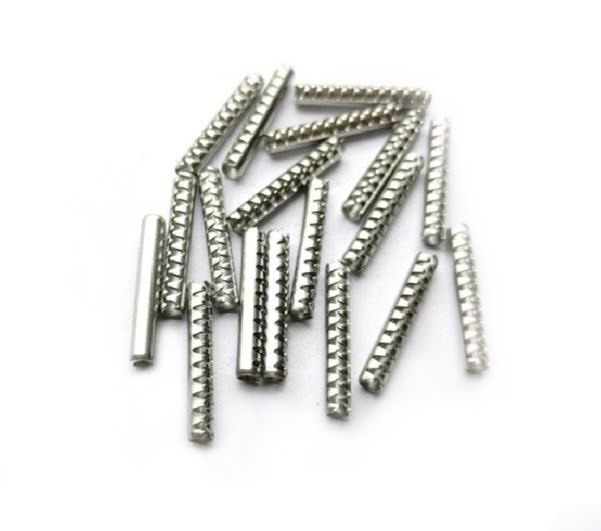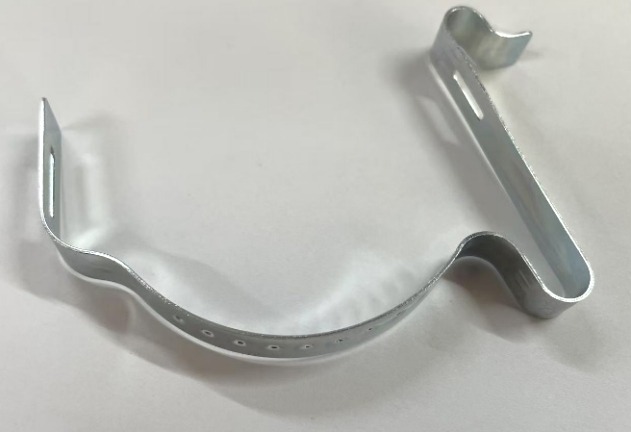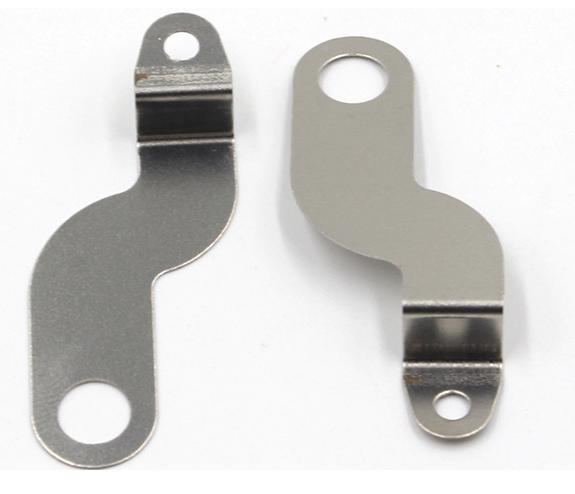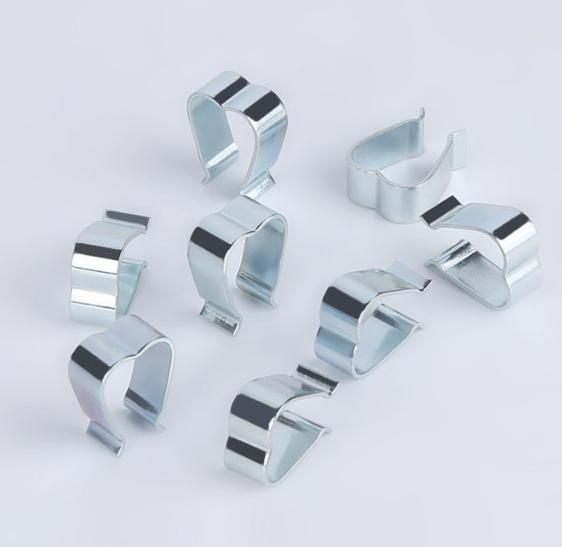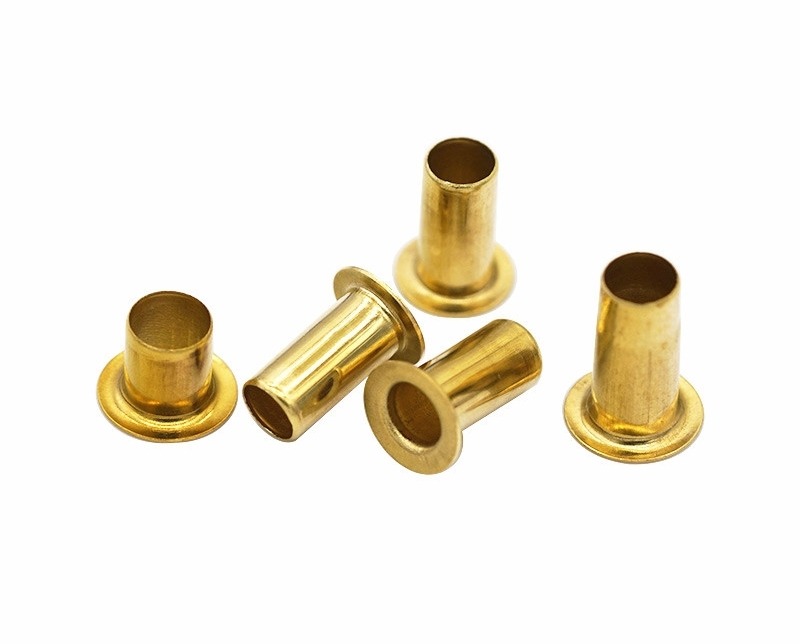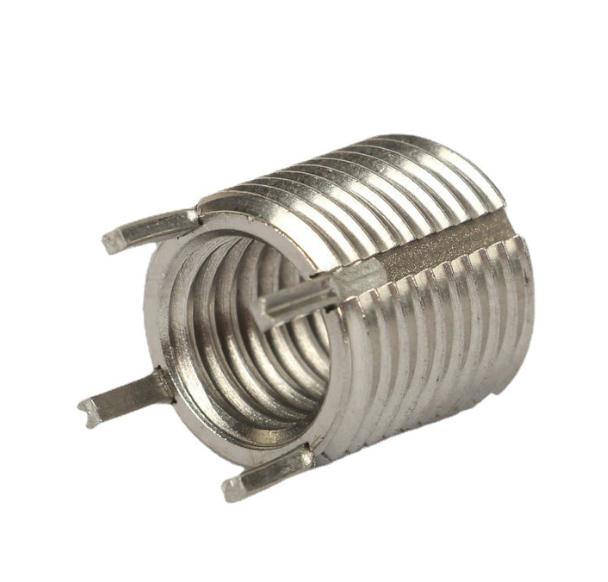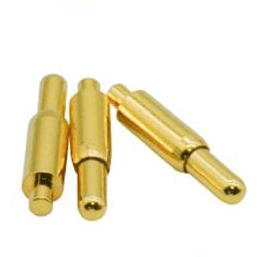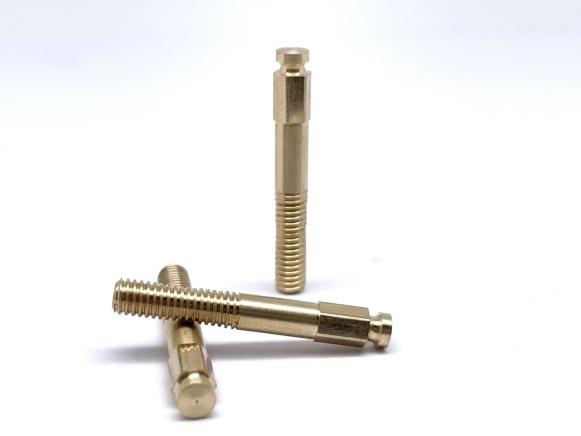A Comparative Study of Compression Molding vs. Injection Molding: From Concept to Creation
The world of manufacturing is constantly evolving, and at the heart of many production processes lie molding techniques that transform raw materials into finished products. Two prominent methods, compression molding and injection molding, play pivotal roles in this transformative journey from concept to creation. In this comparative study, we will delve into the intricacies of both techniques, exploring their processes, advantages, and applications.
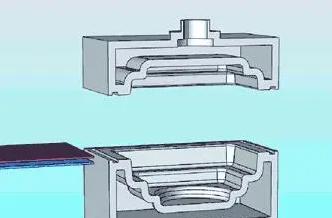
Compression Molding
Compression molding is a method that involves placing a heated material into an open mold cavity and then closing the mold to compress the material. The process allows for high precision and is often chosen for products where strength and durability are paramount. For example, compression molding excels in producing parts with intricate details and high dimensional accuracy. Moreover, it is well-suited for a wide range of plastic materials, including thermoset resins, which undergo irreversible chemical changes during molding, imparting enhanced thermal and mechanical properties.
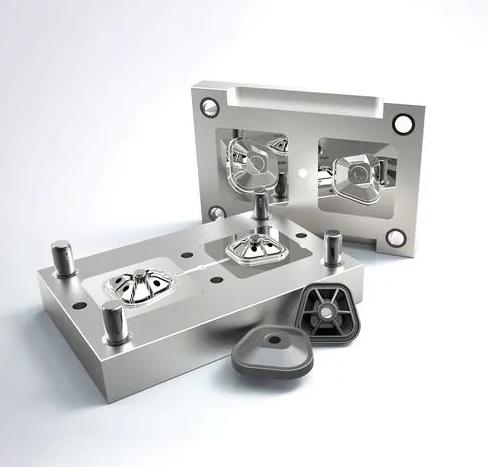
Injection Molding
On the other hand, injection molding involves injecting molten material into a mold cavity under high pressure. This method is highly versatile and is commonly used for the production of a variety of plastic products. Injection molding is known for its speed, precision, and repeatability, making it a preferred choice for industries requiring mass production of intricate parts.
Difference between Compression Molding and Injection Molding
While both compression molding and injection molding share the common goal of transforming plastic materials into functional parts, they differ significantly in their underlying principles and operational characteristics. A comprehensive analysis of these two techniques reveals their unique advantages and applications.
Compression Molding
Advantages of Compression Molding:
- Ideal for producing parts with intricate details and high dimensional accuracy
- Suitable for a wide range of plastic materials, including thermoset resins
- Produces parts with excellent strength and surface finish
Applications of Compression Molding:
- Electrical components: Compression molding is often used to make electrical components, such as switches, sockets, and connectors. This is because compression molding can produce parts with high dimensional accuracy and a smooth surface finish.
- Automotive parts: Compression molding is also commonly used to make automotive parts, such as dashboards, door panels, and air ducts. This is because compression molding can produce parts with high strength and durability.
- Appliances: Compression molding is used to make a variety of appliances, such as refrigerators, ovens, and washing machines. This is because compression molding can produce parts with high heat and chemical resistance.
- Packaging: Compression molding is used to make a variety of packaging products, such as bottles, jars, and tubes. This is because compression molding can produce parts with high clarity and gloss.
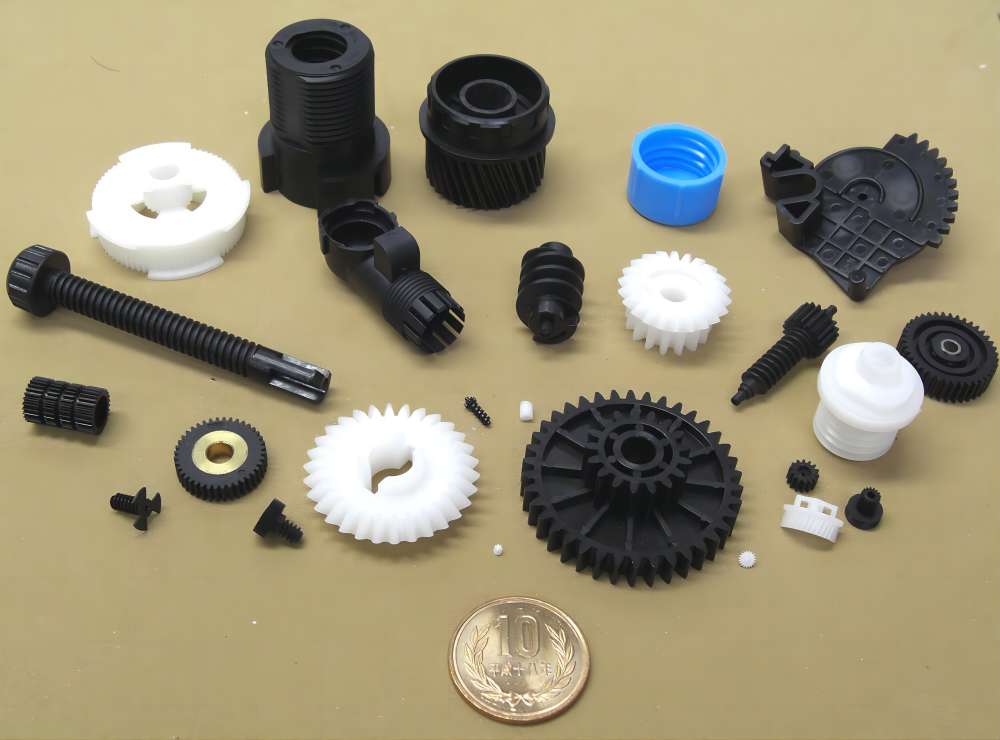
Injection Molding
Strengths of Injection Molding:
- Rapid cycle times for high production rates
- Ability to produce complex geometries with consistent precision
- High degree of automation for reduced labor costs and improved product consistency
Applications of Injection Molding:
- Consumer electronics: Injection molding is often used to make consumer electronics, such as cell phones, computers, and televisions. This is because injection molding can produce parts with complex geometries and a smooth surface finish.
- Medical devices: Injection molding is also commonly used to make medical devices, such as syringes, catheters, and implants. This is because injection molding can produce parts with high precision and cleanliness.
- Toys and sporting goods: Injection molding is used to make a variety of toys and sporting goods, such as balls, bats, and helmets. This is because injection molding can produce parts with high strength and impact resistance.
- Packaging: Injection molding is also used to make a variety of packaging products, such as bottles, jars, and tubes. This is because injection molding can produce parts with high clarity and gloss.
Conclusion: Selecting the Optimal Molding Process
The choice between compression molding and injection molding hinges on a careful consideration of the specific product requirements, material properties, and desired production volumes. Compression molding shines when intricate details, high dimensional accuracy, and enhanced thermal and mechanical properties are paramount. On the other hand, injection molding reigns supreme in applications demanding rapid cycle times, consistent precision, and high automation levels.
In the realm of manufacturing, the journey from concept to creation is shaped by the molding techniques employed. Compression molding and injection molding stand as stalwarts in this journey, each with its unique advantages. By understanding the intricacies and strengths of both methods, manufacturers can make informed decisions, ensuring the efficient and effective production of high-quality products. As technology continues to advance, the interplay between compression and injection molding will undoubtedly contribute to innovative solutions in the ever-evolving landscape of manufacturing.

